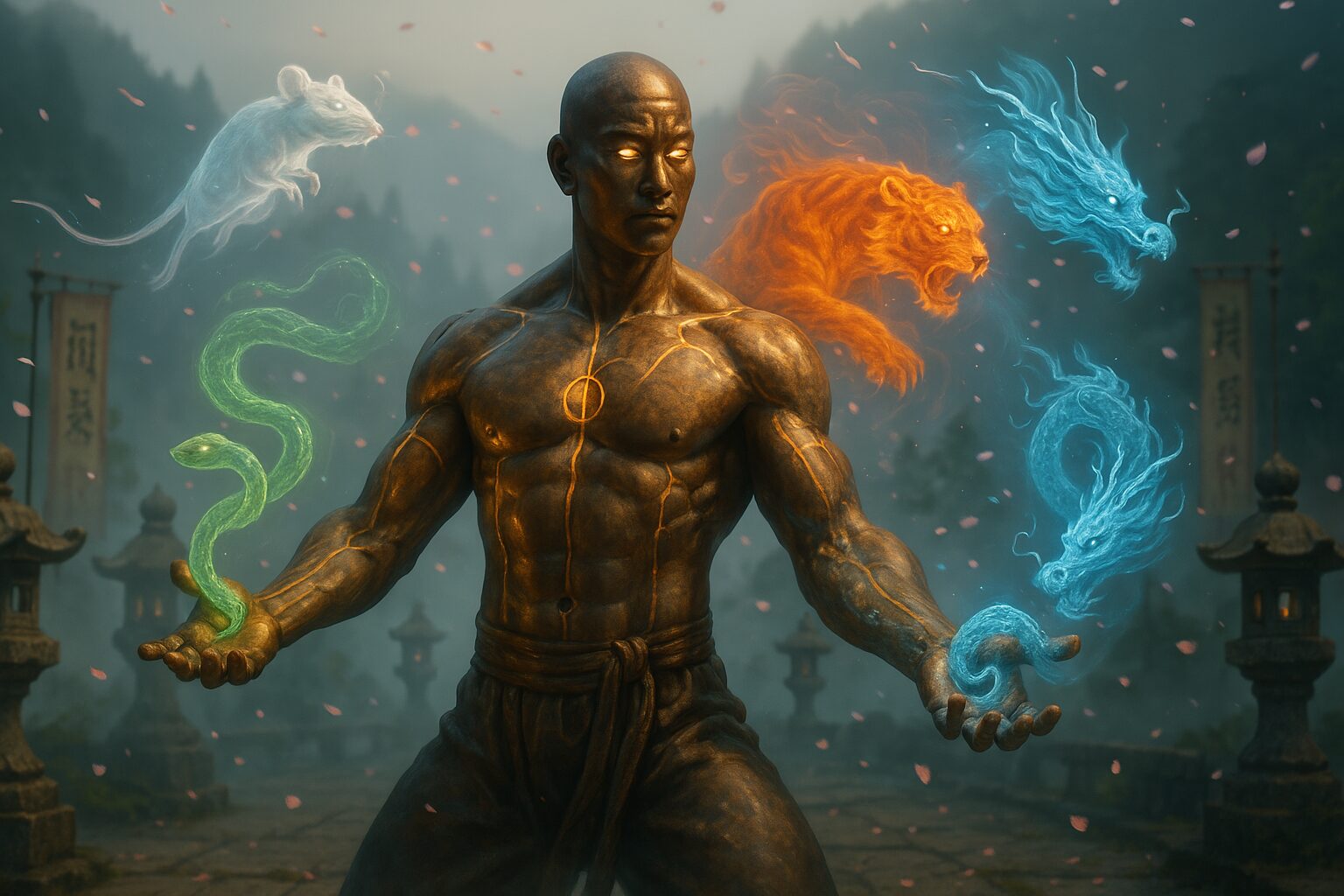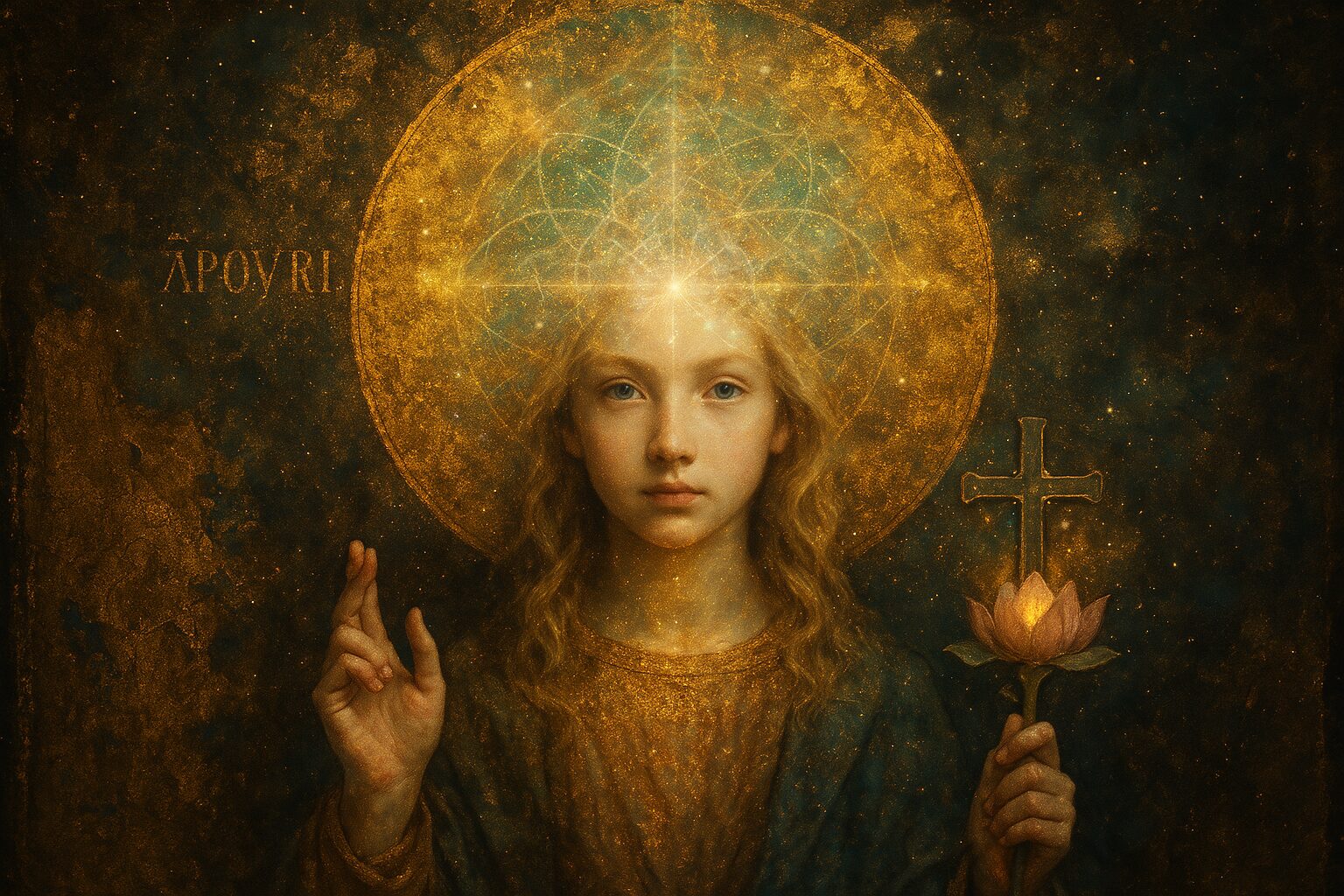Karate, an ancient martial art that has shaped both the body and the mind for centuries, is often celebrated for its incredible physical discipline and self-defense prowess. But within its rich tradition lies a hidden treasure—the Bubishi—a text that many refer to as the Bible of Karate. This iconic manual, though steeped in martial techniques and secrets, offers much more than just a guide to combat; it is a roadmap to the warrior’s spirit, a deep well of history, and a vital source of spiritual wisdom.
A Historical Gem: The Origins of the Bubishi
The Bubishi is a collection of ancient texts that dates back to the early 17th century. Its origins are somewhat shrouded in mystery, but it is generally believed to have been compiled by Chinese martial artists and passed down through generations of Okinawan masters. The text is said to have been the key reference for many of the Okinawan karate schools, which incorporated elements of Chinese martial arts during that period. In fact, Bubishi is credited with influencing much of modern Karate, providing the theoretical foundation for key techniques, forms (Kata), and philosophy.
Historically, the Bubishi bridges the gap between Chinese martial traditions and the indigenous Okinawan fighting styles. Its teachings are not just tactical; they include principles of anatomy, energy flow, and even herbal medicine for healing injuries, providing insight into the holistic approach to the martial arts. It’s more than just a combat manual—it’s a blueprint for achieving mastery of both body and mind.
Spiritual Dimensions: The Karate Way of Life
At its core, the Bubishi offers an understanding that Karate is not merely about fighting; it’s about transformation. The art is as much spiritual as it is physical, and this is where the Bubishi really stands out. Its teachings emphasize the cultivation of internal energy (Qi or Ki) and the importance of balance between body and mind.
In Karate, the practice of Kata—those series of movements, stances, and strikes—goes beyond self-defense or sport. It is a deep meditation in motion, aligning one’s movements with the flow of the universe. The Bubishi teaches that every strike, block, and stance carries a spiritual significance, each reflecting the eternal struggle between the self and the forces of nature.
There is a profound lesson in control and humility. By mastering Karate, one is not simply learning to defeat an opponent, but to conquer one’s inner demons—fear, doubt, and ego. The Bubishi guides the practitioner to a path of self-awareness, where every movement reflects a sense of deeper purpose and discipline.
The Philosophy of Combat: Anatomy, Pressure Points, and the Science of Karate
The Bubishi is well-known for its detailed anatomical diagrams and explanations of pressure points (kyusho). The book delves into the human body’s vulnerabilities, teaching how to manipulate these pressure points to incapacitate an opponent. While this is critical information for any martial artist, it is equally a lesson in understanding the body’s limits and recognizing the fragility of life. It teaches the value of control—both over one’s body and the opponent’s—rather than pure domination.
But the Bubishi is not just about taking someone down; it’s about the responsibility that comes with power. It asks the practitioner to become a steward of their strength, exercising restraint and using martial arts as a tool for personal growth and self-defense, rather than aggression.
Karate as a Way of Life: Integrating Bubishi into Your Own Journey
The wisdom found in the Bubishi is far-reaching. While its lessons have been primarily passed down through martial artists, they have profound relevance for anyone on a journey of personal development. The art of Karate is about refinement—of the body, mind, and spirit. If you can integrate the principles of the Bubishi into your everyday life, it can transform your perspective on strength, discipline, and resilience.
For the modern practitioner, this text serves as both a reminder and a guide: Life, like Karate, requires balance, precision, and continual learning. The practice of Karate should not be confined to the dojo; it should be an embodiment of living with awareness, humility, and the pursuit of excellence in every aspect of life.
In our fast-paced, chaotic world, the teachings of the Bubishi invite us to slow down, to seek clarity, and to move with intention. Every punch, every block, every kata is not just a movement; it is an opportunity to reconnect with the present moment, to ground oneself, and to align with the deeper flow of life.
A Modern Take: Karate and the Path of Self-Improvement
In our modern era, where the pressures of daily life can leave us feeling disconnected, it is easy to forget the importance of mindfulness. The Bubishi serves as a tool to remind us that true strength comes not from the body alone but from the unity of body, mind, and spirit. Karate, when practiced with the depth and reverence taught in the Bubishi, becomes more than just a martial art—it becomes a way of life.
Whether you are a seasoned martial artist or someone seeking to better understand your own potential, the Bubishi holds timeless wisdom. It offers not only historical value but also spiritual guidance for those willing to look deeper into their practice and themselves.
As you delve into the Bubishi, let it be a source of inspiration. Let its pages remind you that, in Karate, every movement is a reflection of the soul. And in life, as in martial arts, the greatest victories are not always about defeating an opponent but about mastering the self.

